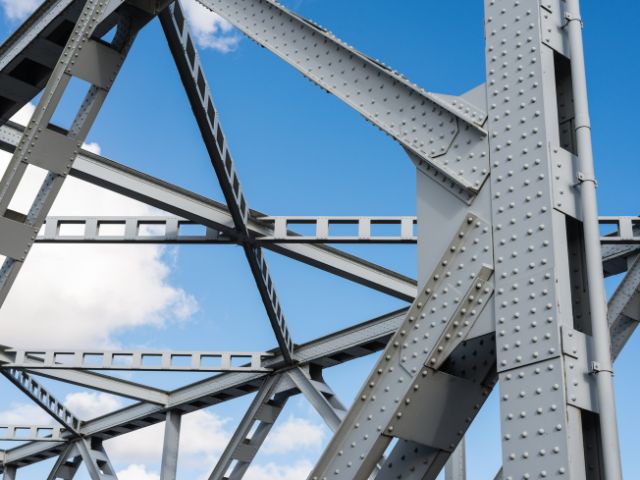
 Press Releases
Press Releases 
Simply put, steel is one of the most useful materials for infrastructure projects. From skyscrapers to bridges to underground tunnels, steel is a powerful material that benefits the construction industry. Read on to learn more about the benefits of using steel for infrastructure projects.
Unlike other materials, steel can stand the test of time and endure harsh weather conditions—including high winds, heavy snow, and even earthquakes—for years. It doesn’t corrode or rot, ensuring that infrastructure projects last longer with less maintenance, which leads to significant cost savings. Steel’s exceptional strength guarantees the safety and longevity of structures, which is a primary concern for public infrastructure projects.
Next up is steel’s fantastic flexibility and versatility. Steel is malleable, so it can be shaped to fit any design to meet the specific needs of different infrastructure projects. Regardless of whether it’s an intricate bridge design or a simpler building structure, steel can handle it all. While its flexibility is notable, steel doesn’t compromise on strength, enabling the creation of both innovative and sturdy structures.
If you want to make your next project a bit easier, you can buy your steel plates cut to size and save yourself the trouble of cutting the steel yourself.
Another benefit that sets steel apart from other construction materials is its excellent strength-to-weight ratio. Despite its lightweight nature, steel can carry heavy loads effectively. In infrastructure projects where structures must bear substantial weight, this feature is incredibly beneficial. Steel’s high strength-to-weight ratio allows engineers to design lighter yet robust structures, making this material a cost-effective and manageable choice.
Contrary to what some might think, steel is completely recyclable. At the end of its lifecycle, steel from infrastructure projects can be melted and remolded, minimizing waste and preserving natural resources. Moreover, present-day steel production processes are increasingly energy-efficient, reducing a company’s overall carbon footprint.
Now that you know the benefits of using steel for infrastructure projects, you can clearly see why this material is an industry favorite. Its tremendous strength, flexibility, strength-to-weight ratio, and environmental sustainability are just a few reasons why steel is the ideal choice for infrastructure projects.
24World Media does not take any responsibility of the information you see on this page. The content this page contains is from independent third-party content provider. If you have any concerns regarding the content, please free to write us here: contact@24worldmedia.com